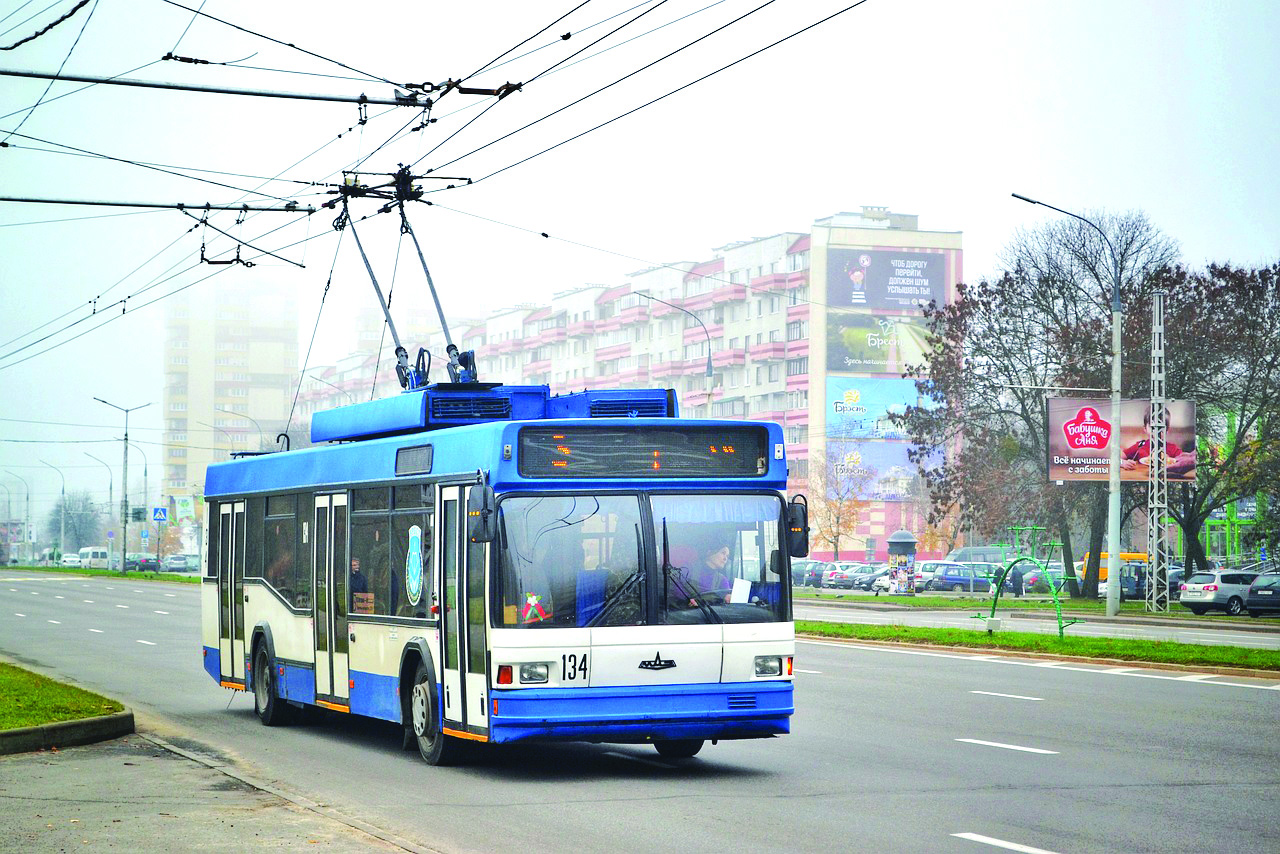Cutting the carbon footprint
Electric buses and trucks are vital for reducing transport emissions, given their significant carbon footprint, but making a transition globally requires investment in better batteries, charging infrastructure, and interim efficiency measures

Apart from the electrification of passenger cars, it is necessary to have more and more electric buses and trucks on the roads, if greenhouse gas emissions have to fall at a fast rate. This is all the more important because they accounted for almost one-third of carbon dioxide emissions of the transport sector in 2022, even though they account for about 8 per cent of all vehicles in the world.
Electric buses
Electric Buses are mostly those driven by batteries on board. There are some buses that draw power from overhead lines or from the road. Electric buses are being increasingly used in urban transportation and as school buses across the world.
According to the International Energy Agency (IEA), 50,000 electric buses were sold in 2023, which was about 3 per cent of total bus sales. The total number of electric buses in the world was 6,35,000 in 2023. China and the EU are leaders in this sector, with India and many South American countries such as Chile, Brazil and Colombia being growing markets. The EU, Germany, Spain, the Scandinavian countries (Norway, Sweden and Denmark), Finland, Switzerland and Netherlands were the largest consumers of electric buses.
The largest electric bus manufacturers in the world are Chinese companies such as Byd, Yutong and Zhoong Toong. In Europe, the leading electric bus manufacturers are VOLVO, MAN and Solaris. India also has a growing electric bus presence on the roads, with Tatas, Ashok Leyland and Olectra Greentech being the large manufacturers.
For electric buses to grow, countries must devote more resources to better batteries, more charging stations and more stringent fuel economy standards.
Electric trucks
Trucks have a greater presence in all countries as compared to buses, since they haul freight in large quantities. Even where freight is hauled by rail or ships, trucks are used for taking the goods to the shipyard and railyard and also for delivering to the final destination. Since trucks run on diesel, they emit carbon dioxide and other harmful gases. It is estimated that road freight accounts for 6 per cent of all emissions globally. It is therefore essential to move to electric trucks as soon as possible.
Moving to electric trucks would have its own challenges such as increased electricity consumption from charging (preferably from renewables), grid flexibility, improved batteries and more charging stations all along the highway.
The penetration of electric trucks is far lesser than that of electric buses. According to IEA, in 2022, 60,000 medium and heavy electric trucks were sold globally, which was about 1.5 per cent of all trucks sold. On the other hand, 66,000 electric buses were sold in 2022, which was 4.5 per cent of all buses sold worldwide. More than 80 per cent of the electric buses and trucks sold in the world were in China alone. In the US, EU and other parts of the world, electric trucks have a very low presence.
The largest electric truck manufacturer in the world is in China, with its company Byd being the world leader. Other leading electric truck manufacturers are Tesla from the USA, MAN, Mercedes-Benz, DAF, Scania and VOLVO from Europe and Olectra and Tatas in India. Interestingly, the retail and wholesale cooperative COOP in Switzerland introduced an 18 tons electric truck, with a 300 kWh battery, solar panels on the roof and regenerative braking. Some of the other largest electric trucks in the world are the GMC Hummer, Rivian and Tesla Cybertruck.
Where immediate shift to electric trucks is not possible, many other steps have been taken to reduce emissions in the US and EU. For example, more stringent fuel efficiency standards, reduced weight of trucks, better aerodynamics and installation of anti-idling devices.
Conclusion
Even though electric buses and electric trucks are smaller in number, they have a large carbon footprint. This is because of their large size, which requires massive consumption of diesel, leading to large quantities of toxic emissions. A shift to electric buses and trucks is a must and is already under way, with China being the leader. In the interim, other steps such as more stringent fuel efficiency norms, better aerodynamics and lighter weight of trucks would make the transition smoother.
The writer is Additional Chief Secretary, Department of Mass Education Extension and Library Services and Department of Cooperation, Government of West Bengal



